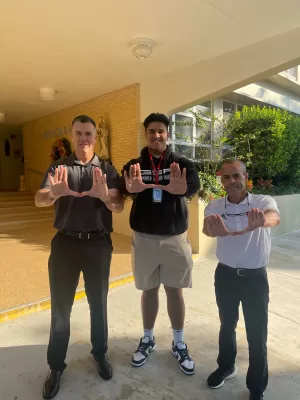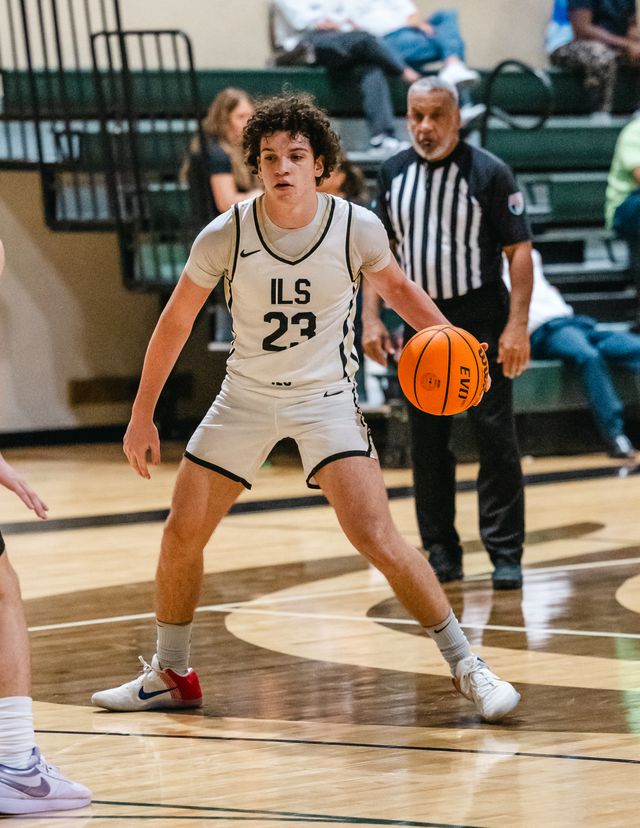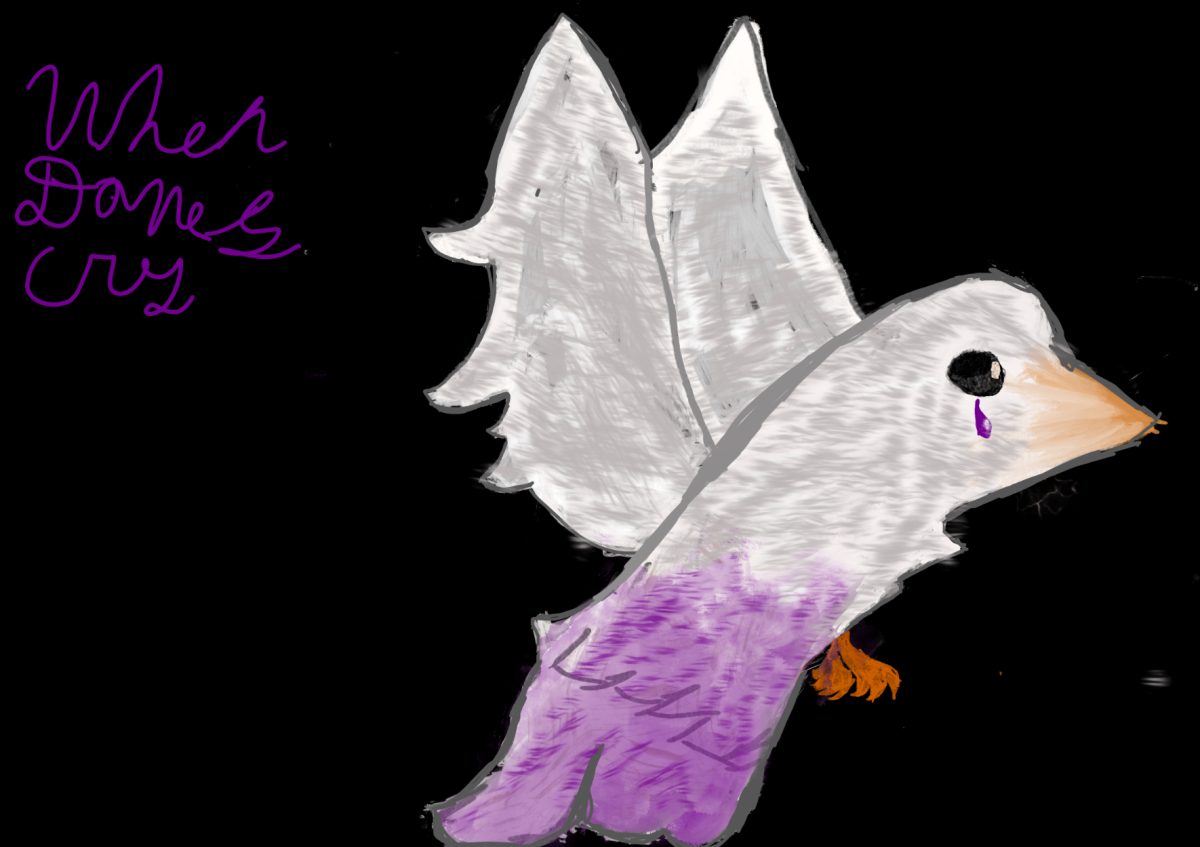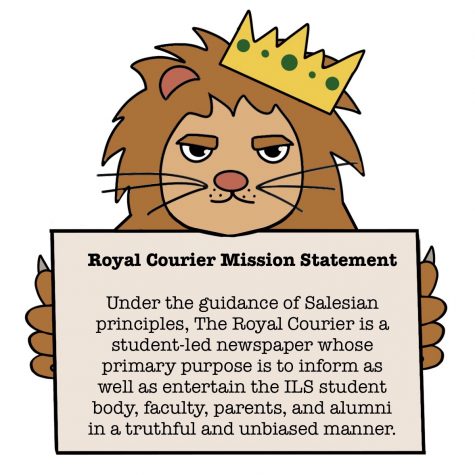Studying Alone
March 12, 2020
Due to growing health concerns, school might become virtual at some point in time. If this happens, students have to become more independent and work by themselves during quarantine.
You will have to be doing work as if it’s a regular school day, the only exception: everything’s online now. This means that teachers can still give tests and quizzes, even if we’re not in a class environment.
Usually, students tend to study together if they have the same class or do class reviews with the teacher. However, there will be limitations to this with online classes. You could use FaceTime to study, but it’s definitely not the same. This will cause people to need to study independently.
Concentrating or studying in your house can tend to be distracting and usually difficult depending on where you do it.
A great way to fight this would be to create a space in your house to simulate a classroom. This can include all the school necessities you need so you don’t get as distracted as you would regularly. Try not to set up in front of your TV, or in a high-traffic area of your house like the kitchen.
Without actual face-to-face contact with the teacher, it might cause students to have a more difficult time catching on to the material. This can tend to lower your grades along with adding stress.
A good way to combat this is talking to your teacher about getting a study guide or video notes along with making Quizlets, flash cards, guided notes, and much more.
If there were to ever have a power outage, or issues with your technology, you could do a lot of these things on paper instead of on the iPad or on a device.
In our personal experience, we have found that certain tactics tend to work better for studying alone.
Here are the preferred ways to study in order from least to most effective in our experience:
- Guided notes: A pro about this choice that everything is already written down that you need to know and you can do it both on your iPad and on paper. However, each person has their own way of writing notes and some don’t revisit the notes after writing them. Although you get to read through all the material and write down what’s most important, there’s not way to truly test whether or not you truly know all the material.
- Video notes: Last year, we had one virtual school day due to Ultra fest. This caused many teachers to send video notes to their students. This is a great way to teach while not being in class, but everyone retains information in different ways. Some students tend to learn better in a face-to-face lesson, rather than on a virtual lesson.
- Teacher Study Guides: Teachers tend to leave study guides when there’s a big test coming up. This can be a good choice for students to use since teacher’s tell you what’s on the test and what you need to know like this. The downside is that you would have to find all the answers on your own and then make flash cards or a Quizlet after you complete it. Sometimes teachers make the study guide completely different from the test so students can tend to waste some time doing the teacher study guide.
- Flash cards: Back before we had iPads, many students tended to make flash cards in order to study. This can be a really great way to memorize terms and test your knowledge. You also don’t need to use your iPad for this, which would be a plus if for some reason you don’t have internet. However, you can easily lose them and quizlet have multiple features to study with instead of just flash cards.
- Quizlet: Quizlet is a great option to study with. The app is automatically on the iPad, downloads your recently used Quizlets, allows you to make your own, and you can find your friend’s Quizlet to study off of. This app also has multiple features to study with such as flash cards, learn, matching, and tests. The only downside is your devices battery and WiFi connection. All in all, in our personal opinion this is the best option for studying when you are in quarantine.
Hopefully these help you if you ever have to quarantine.















